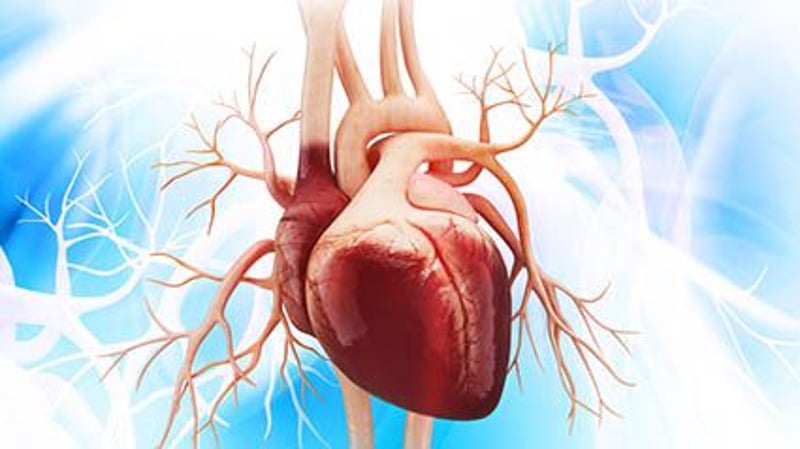Monday - Friday: 9:00 AM to 7:00 PM
Saturday: 9:00 AM to 4:00 PM
Sunday: 9:00 AM - 2:00 PM
Text or call us at (973) 483-4749, Fax (973) 482-0643, or send an e-mail to info@lisspharmacy.com(973) 483-4749, Fax (973) 482-0643, or send an e-mail to info@lisspharmacy.com. Someone from our team will get back to you as soon as possible!
Get Healthy!

- Cara Murez
- Posted April 8, 2022
Few People Get Infected Heart Devices Removed, Despite Benefit
When implanted heart devices get infected, doctors recommend surgery to remove them, but many patients ignore that advice, a new study reveals.
More than eight in 10 patients with an infected implant (such as a defibrillator or pacemaker) choose antibiotic treatment instead, though it puts their life at risk. Having the devices removed carries a 43% lower risk of death, according to a new study led by the Duke Clinical Research Institute in Durham, N.C.
"This is an important message about a persistent gap in care: These devices should be removed when an infection occurs, and their removal saves lives," said lead study author Dr. Sean Pokorney. He is an electrophysiologist and cardiologist at Duke University School of Medicine and an institute member.
For the study, Pokorney and his team analyzed Medicare data for nearly 1.1 million patients who received cardiac implantable electronic devices (CIEDs) between 2006 and 2019.
About 1% developed infections a year or more after implantation. Of these, about 13% had the devices removed within six days. Another 5% had them removed between day seven and day 30.
But 82% had their infections treated solely with antibiotics, the researchers said.
Earlier studies have shown that antibiotics do not clear infections involving CIEDs.
The death rate for those who did not have their devices removed was 32% in the year after a diagnosed infection. That compares to 18.5% for patients whose device was removed within six days, and 23% for those whose devices were removed between days seven and 30, according to the report.
"This speaks to the importance of putting systems in place to identify these patients and get them quickly and appropriately treated, because delays in care result in higher [death rates]," Pokorney said in a Duke news release.
The Duke Clinical Research Institute is launching a demonstration project within three U.S. health care systems to address the gap in care for CIED infection patients.
The findings were presented Sunday at a meeting of the American College of Cardiology in Washington, D.C. Research presented at medical meetings should be considered preliminary until published in a peer-reviewed journal.
More information
The U.S. National Library of Medicine has more on pacemakers and implantable defibrillators.
SOURCE: Duke Health News, news release, April 3, 2022









